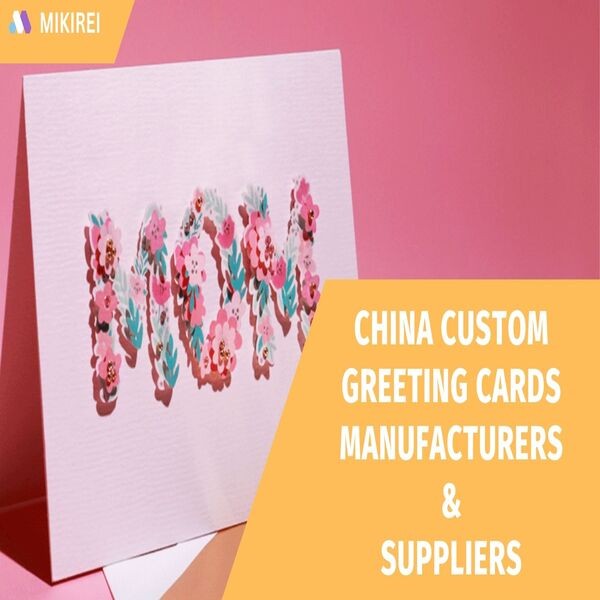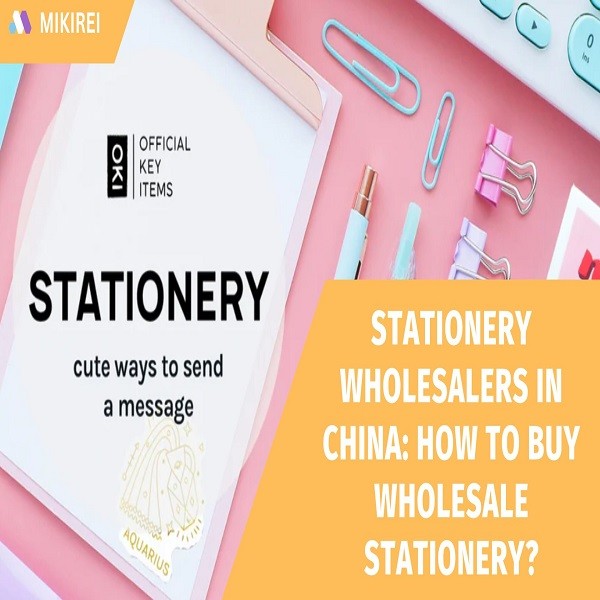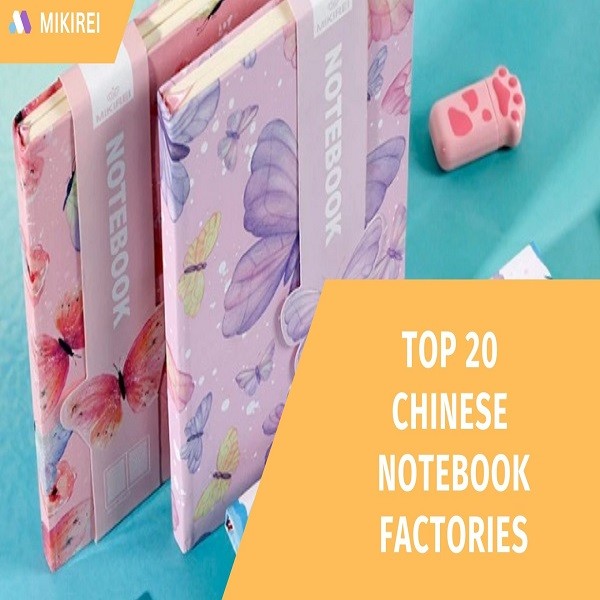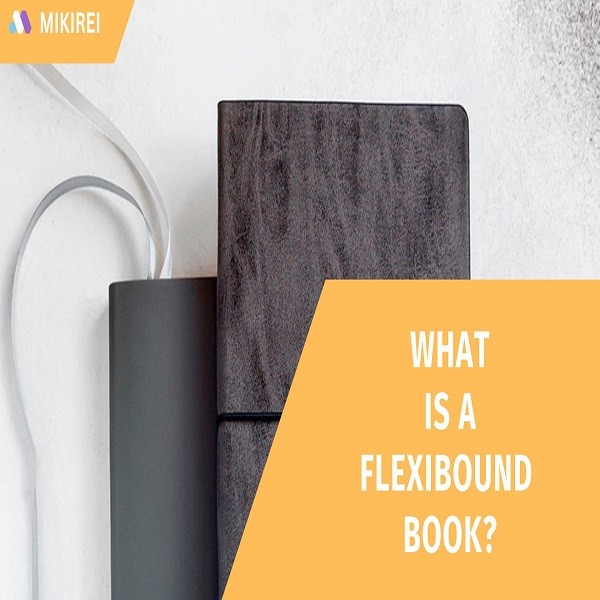Decorative Wrapping Paper: Adding a Touch of Elegance to Your Gifts
Gift-giving is a delightful way to express our love and appreciation for others. Whether it's for birthdays, holidays, or any special occasion, the presentation of the gift plays a significant role in making the recipient feel valued and cherished.
This is where decorative wrapping paper comes into play. In this article, we will explore the world of decorative wrapping paper, its history, how to choose the right one, and creative ideas to make your gifts stand out.
Table of content
- The Evolution of Wrapping Paper
- Why Choose Decorative Wrapping Paper?
- Understanding Perplexity and Burstiness in Wrapping Paper Designs
- Factors to Consider When Choosing Decorative Wrapping Paper
- Types of Decorative Wrapping Paper
- Unleashing Your Creativity: Wrapping Techniques
- Gift Wrapping for Different Occasions
- DIY Wrapping Paper: Unleash Your Inner Artist
- Sustainable Wrapping Solutions
- FAQs About Decorative Wrapping paper
The Evolution of Wrapping Paper
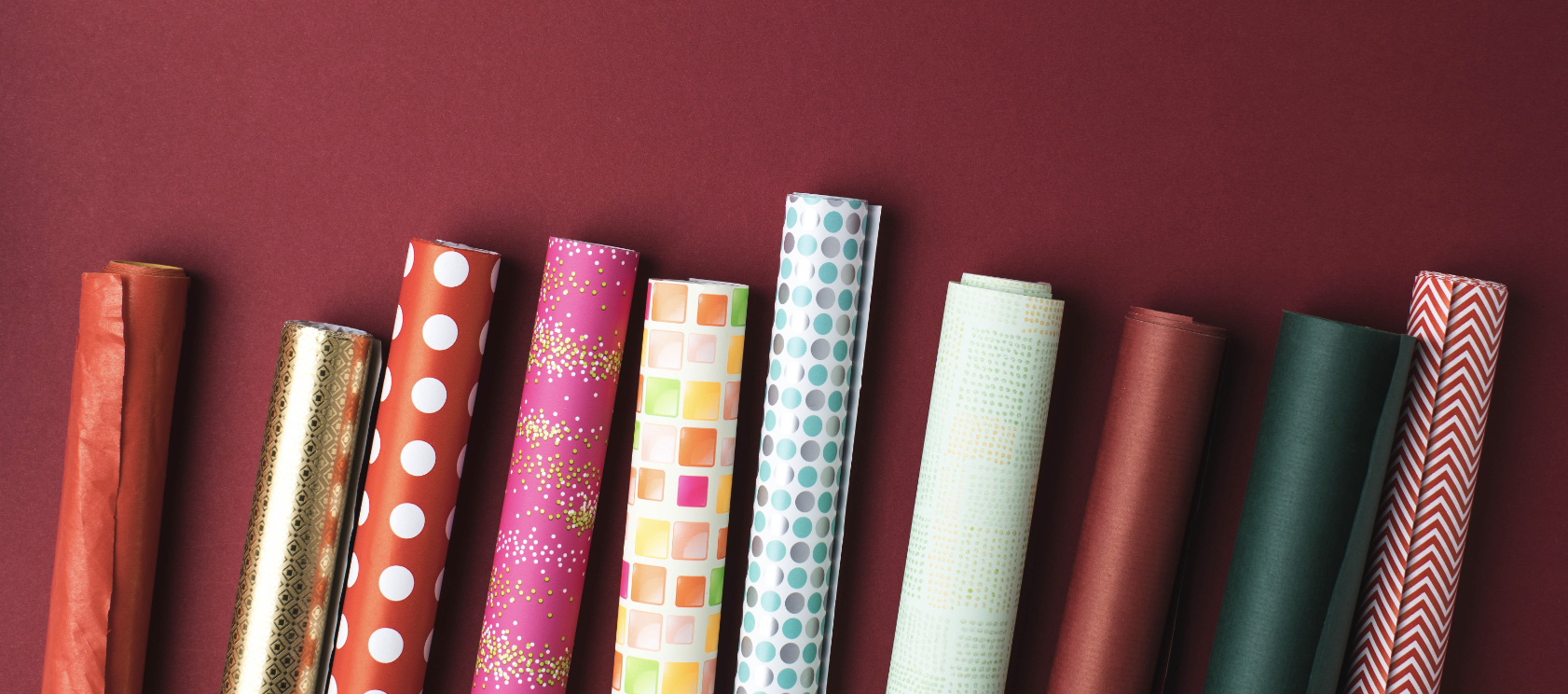
Wrapping gifts is not a recent practice; it has been an integral part of human culture for centuries. The history of wrapping paper can be traced back to ancient China, where paper was invented during the Han Dynasty (circa 206 BC–220 AD).
The Chinese used beautifully decorated rice paper to wrap gifts, symbolizing good luck and well wishes.
In the 2nd century AD, the practice of wrapping gifts spread to Korea and Japan, where they perfected the art of gift wrapping using fabric and ornate knots.
In the Western world, during the Victorian era, wrapping gifts became more common, and colorful papers adorned with intricate designs and illustrations were used to wrap presents.
Why Choose Decorative Wrapping Paper?
Decorative wrapping paper serves as more than just a means to conceal the gift; it adds value and sentiment to the act of gift-giving. Here are a few reasons why choosing decorative wrapping paper is worth the effort:
Adding a Personal Touch
Customizing the wrapping paper allows you to add a personal touch to the gift. Whether it's using the recipient's favorite colors or incorporating elements that reflect their interests, personalized wrapping shows that you've put thought and care into the gift.
Enhancing the Unwrapping Experience
A beautifully wrapped gift enhances the joy of unwrapping. The anticipation and excitement build as the recipient admires the wrapping before finally unveiling the gift inside. It creates a memorable experience that lingers long after the gift has been opened.
Understanding Perplexity and Burstiness in Wrapping Paper Designs
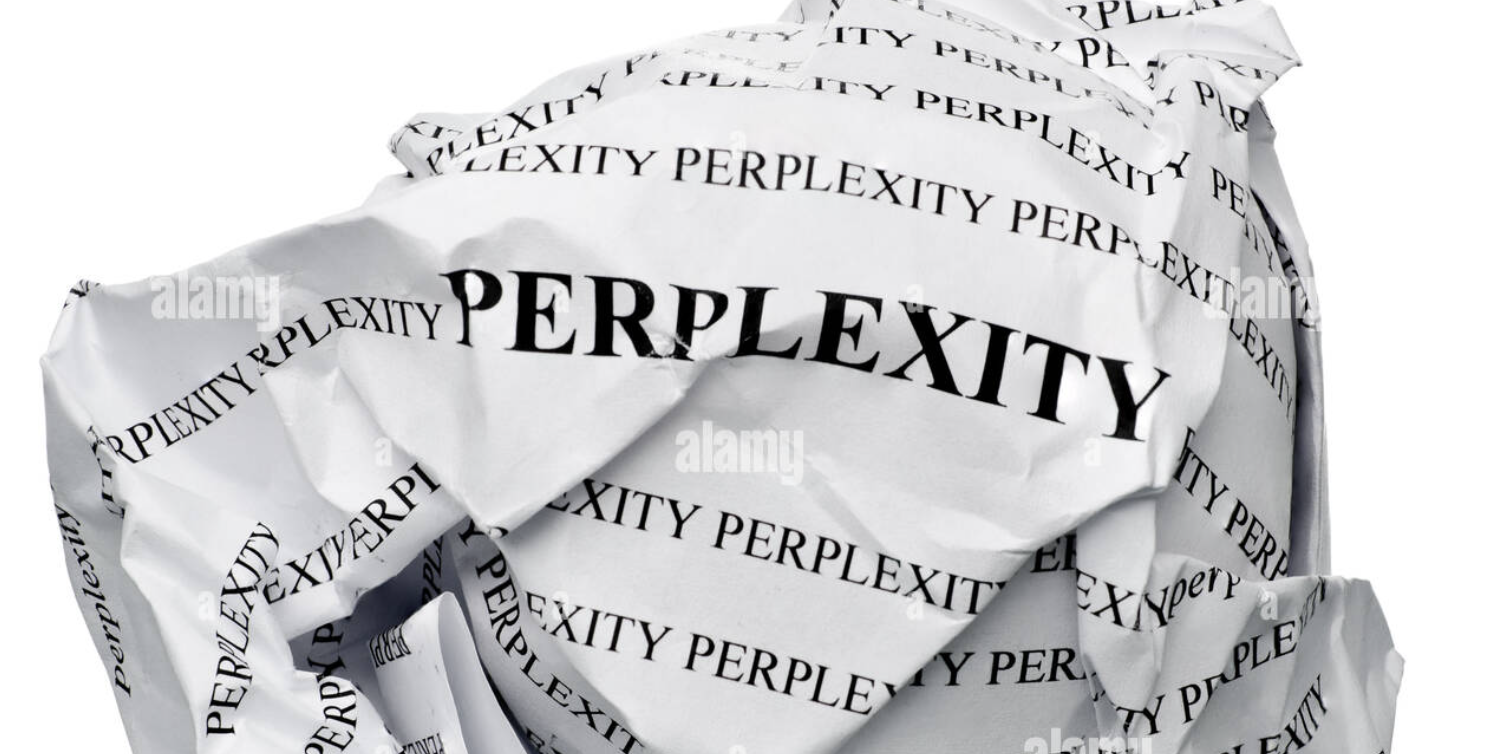
The concept of perplexity and burstiness comes from information theory and is surprisingly applicable to the world of gift wrapping. Perplexity refers to the element of surprise and curiosity in the wrapping design, capturing the recipient's attention.
Burstiness, on the other hand, relates to the joyful and celebratory aspects of the wrapping, creating a sense of excitement and happiness.
Factors to Consider When Choosing Decorative Wrapping Paper
Selecting the right decorative wrapping paper requires thoughtful consideration. Here are some factors to keep in mind:
Occasion and Theme
Consider the occasion for which the gift is intended. Different events call for different wrapping styles. For example, vibrant and cheerful designs work well for birthdays, while elegant and sophisticated papers are suitable for weddings and anniversaries.
Paper Quality and Thickness
Opt for wrapping paper with adequate thickness to ensure the gift remains well protected and doesn't tear easily during handling. High-quality paper enhances the overall presentation and makes the gift feel more substantial.
Environmental Impact
With growing environmental concerns, eco-friendly wrapping options are gaining popularity. Look for wrapping papers made from recycled materials or those that can be easily recycled after use.
Additionally, consider reusable wraps and fabric wraps, which reduce waste and have a more sustainable impact on the environment.
Types of Decorative Wrapping Paper
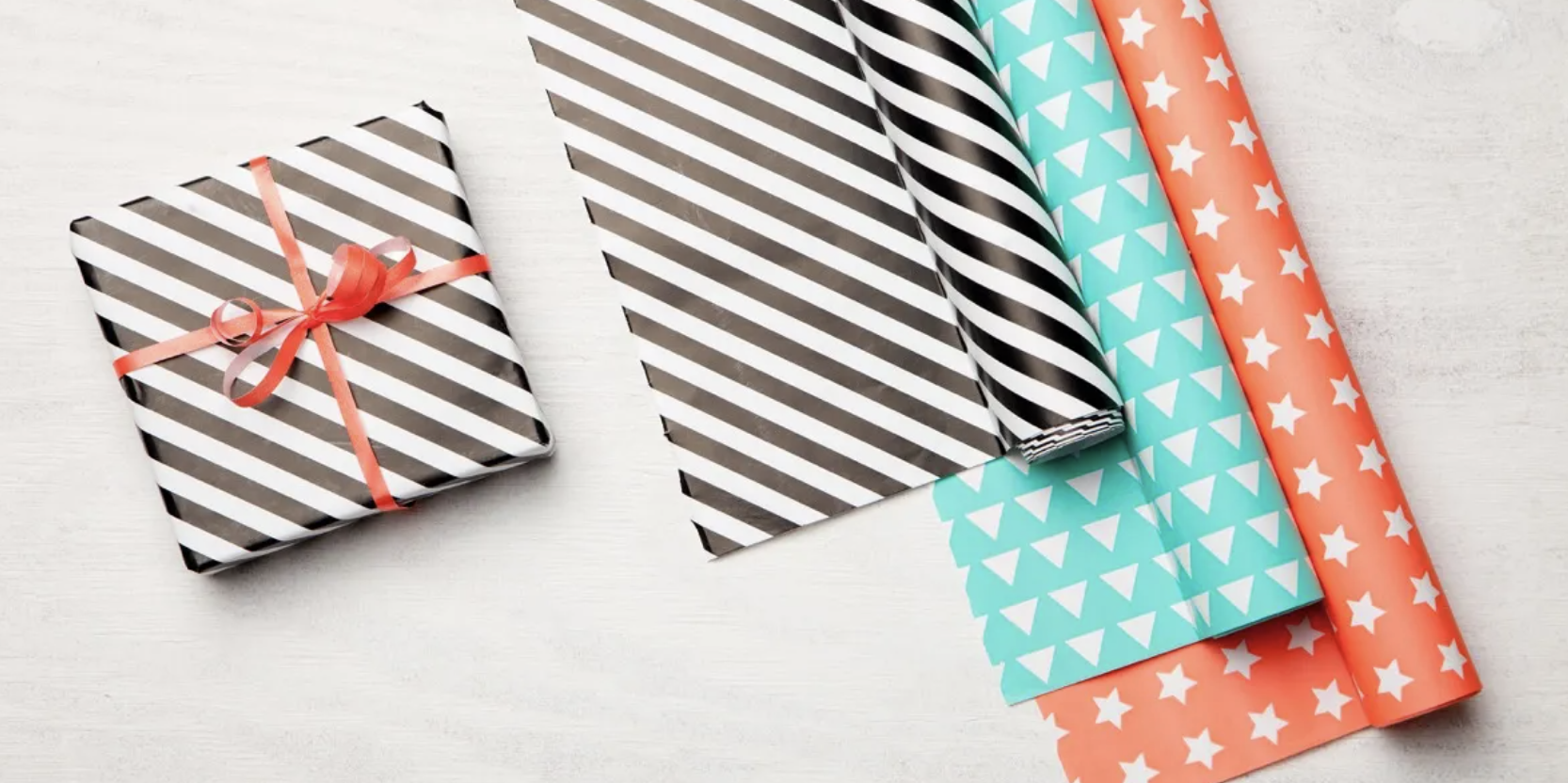
Decorative wrapping paper comes in a wide variety of types, each offering unique features and styles:
Patterns and Prints
Patterns and prints are classic choices for wrapping paper. From polka dots and stripes to intricate floral and abstract designs, these papers cater to various tastes and occasions.
Handmade and Artisanal Papers
Handmade and artisanal papers showcase craftsmanship and individuality. These papers are often made using traditional techniques and feature unique textures and patterns.
Recycled and Eco-friendly Options
For those with a focus on sustainability, recycled and eco-friendly wrapping papers offer a responsible choice. These papers are made from recycled materials or sustainable sources, making them an eco-conscious option for gift wrapping.
Unleashing Your Creativity: Wrapping Techniques
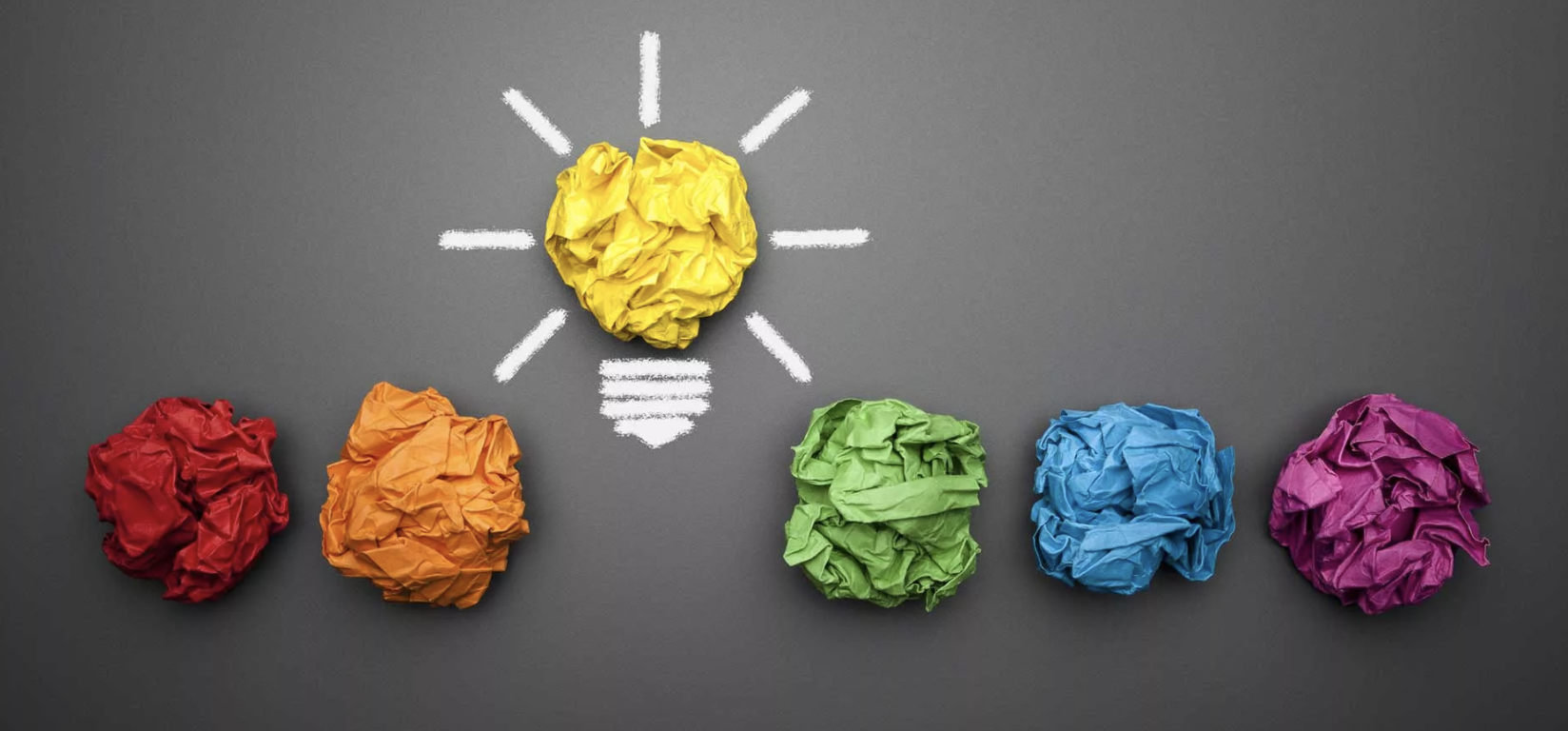
While classic gift wrapping with folds and tapes remains popular, there are numerous creative techniques to explore:
Classic Gift Wrapping with Folds and Tapes
The classic method involves neatly folding the paper around the gift and securing it with tape. It is a versatile technique suitable for most gifts.
Japanese Furoshiki Wrapping
Furoshiki is a traditional Japanese wrapping technique that uses square fabric to wrap gifts. It offers an eco-friendly and reusable alternative to traditional wrapping paper.
Gift Wrapping with Fabric Ribbons and Bows
Fabric ribbons and bows add an elegant and festive touch to gifts. They come in various colors and styles, allowing you to match them to the occasion and the recipient's preferences.
Gift Wrapping for Different Occasions
Gift wrapping can be tailored to suit various occasions and celebrations:
Birthdays and Anniversaries
For birthdays and anniversaries, embrace vibrant colors and cheerful patterns to convey a sense of joy and celebration.
Christmas and Hanukkah
During the festive season, use wrapping paper with holiday-themed designs and motifs to capture the spirit of Christmas or Hanukkah.
Weddings and Baby Showers
For weddings and baby showers, opt for elegant and sophisticated papers with pastel shades and floral patterns to reflect the significance of the occasion.
DIY Wrapping Paper: Unleash Your Inner Artist
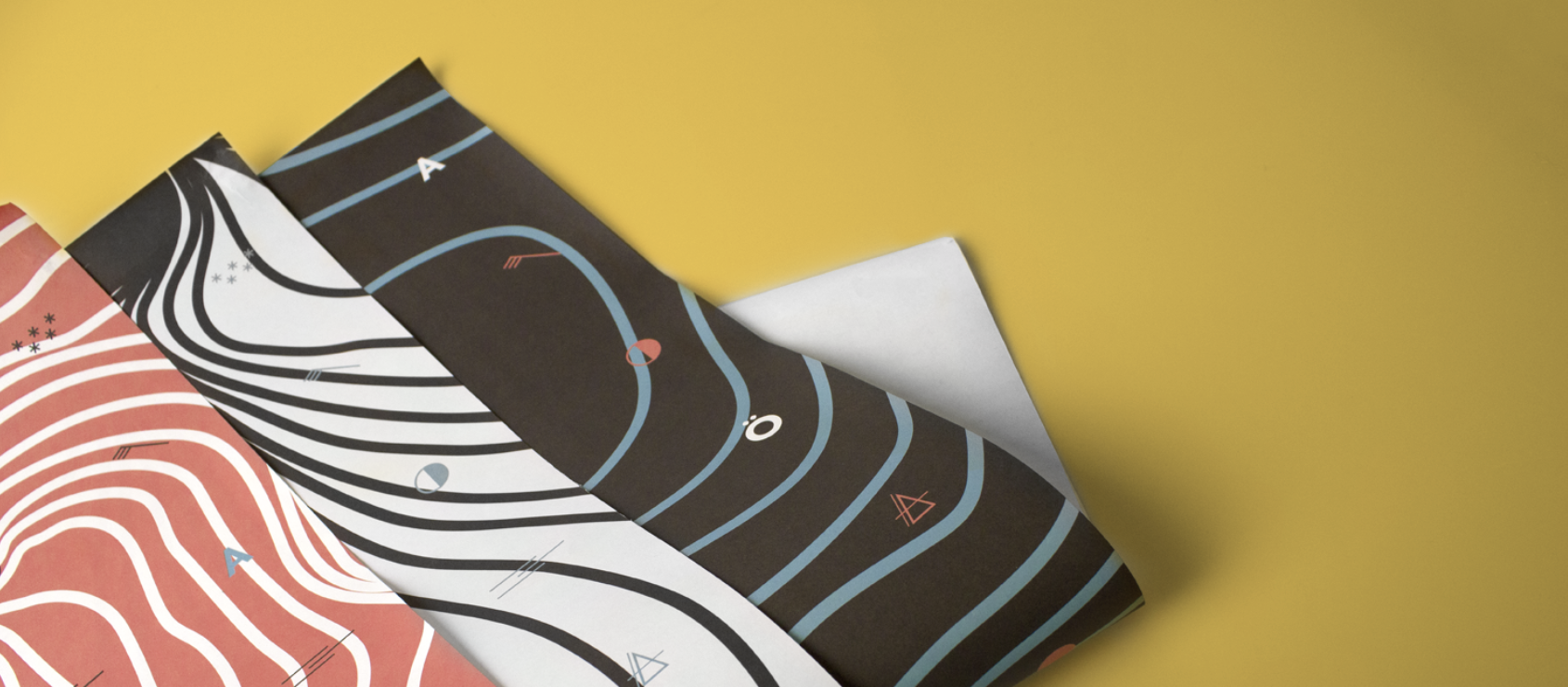
For a truly unique and personalized touch, consider creating your DIY wrapping paper:
Hand-Painted Wrapping Paper
Hand-painting your wrapping paper allows you to showcase your artistic talents and create a one-of-a-kind presentation for your gift.
Block Printing Techniques
Block printing enables you to craft custom patterns and designs using stamps or carved blocks, resulting in a distinctive and artistic wrapping paper.
Stamping and Stenciling
Quick and easy, stamping and stenciling techniques add intricate details to your wrapping paper, elevating the overall appearance.
Sustainable Wrapping Solutions
With sustainability in mind, consider eco-friendly wrapping options:
Reusable Wraps and Bags
Using reusable wraps or fabric bags reduces waste and allows the recipient to reuse the wrapping for future gifts.
Upcycling and Repurposing
Upcycle materials like old newspapers, maps, or fabric remnants to create unique and environmentally friendly wrapping options.
FAQs About Decorative Wrapping paper
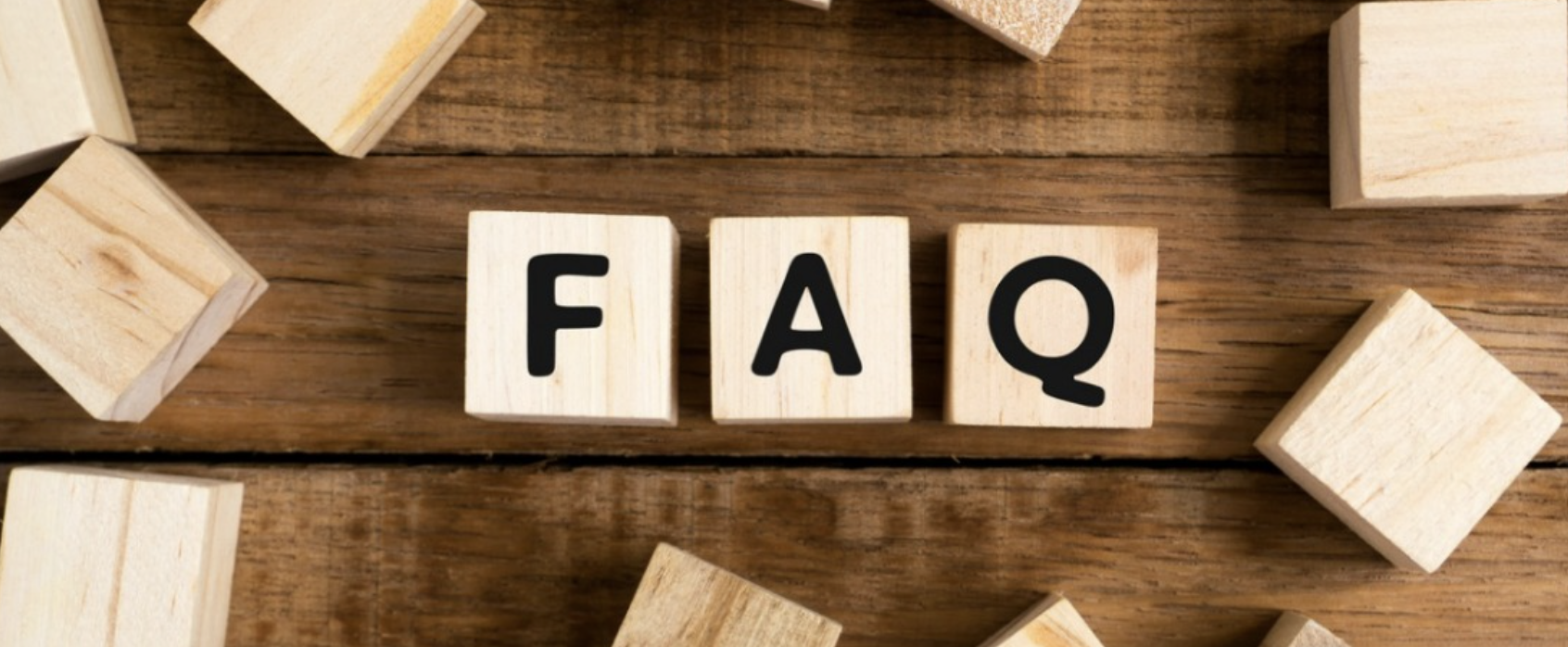
Why is gift wrapping important?
Gift wrapping adds a personal touch to the gift and enhances the overall gift-giving experience. It shows that you've put thought and care into the presentation, making the recipient feel special and valued.
What types of wrapping paper are eco-friendly?
Eco-friendly wrapping paper includes recycled paper, FSC-certified paper, and reusable fabric wraps or bags. These options help reduce waste and minimize the environmental impact of gift wrapping.
Can I use fabric as gift wrapping?
Yes, fabric wraps, also known as Furoshiki in Japanese culture, are an excellent eco-friendly alternative to traditional wrapping paper. They are reusable and add a touch of elegance to your gifts.
What are some creative ways to decorate gift wrapping?
You can add flair to gift wrapping by using embellishments like ribbons, bows, dried flowers, and personalized stamps or seals. Hand-painting, block printing, and stamping techniques also offer creative ways to decorate your wrapping paper.
Is gift wrapping wasteful?
While traditional wrapping paper can contribute to waste, using eco-friendly and reusable options can help reduce the environmental impact.
Reusable wraps and upcycling materials are sustainable alternatives that can still create a beautiful presentation for your gifts.
In conclusion, the evolution of wrapping paper reflects cultural and societal shifts over time.
From its humble beginnings with rice paper and fabric wraps to modern-day decorative wrapping paper, the art of gift wrapping has transformed into a creative and meaningful expression of care and thoughtfulness.
By considering various factors and techniques, you can enhance the gift-giving experience and create unforgettable moments for your loved ones.

